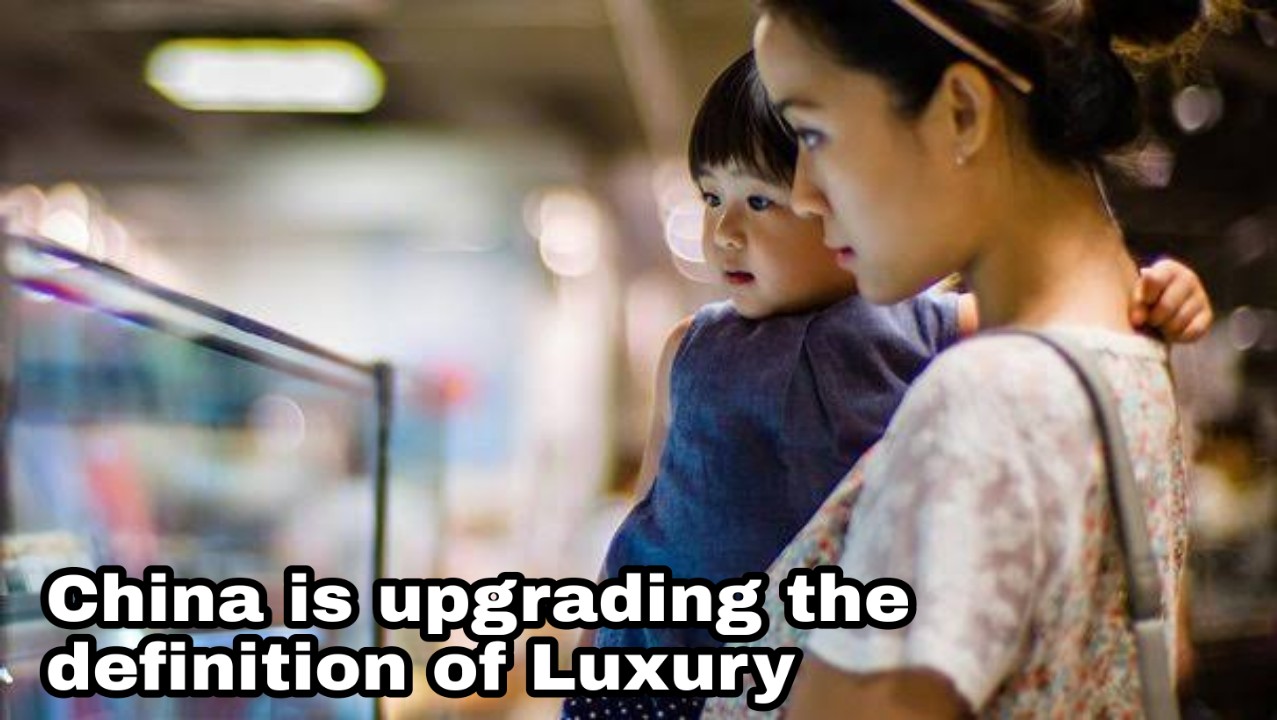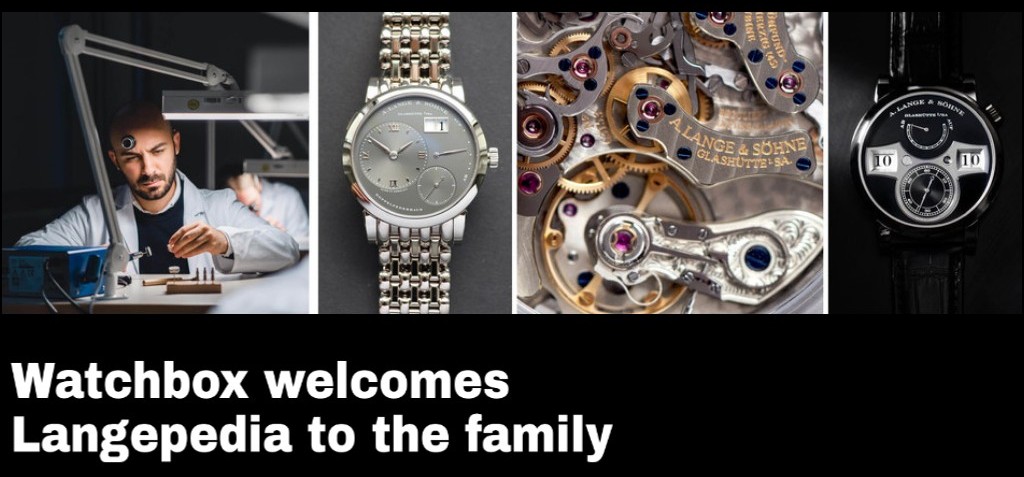Handbags That Made History
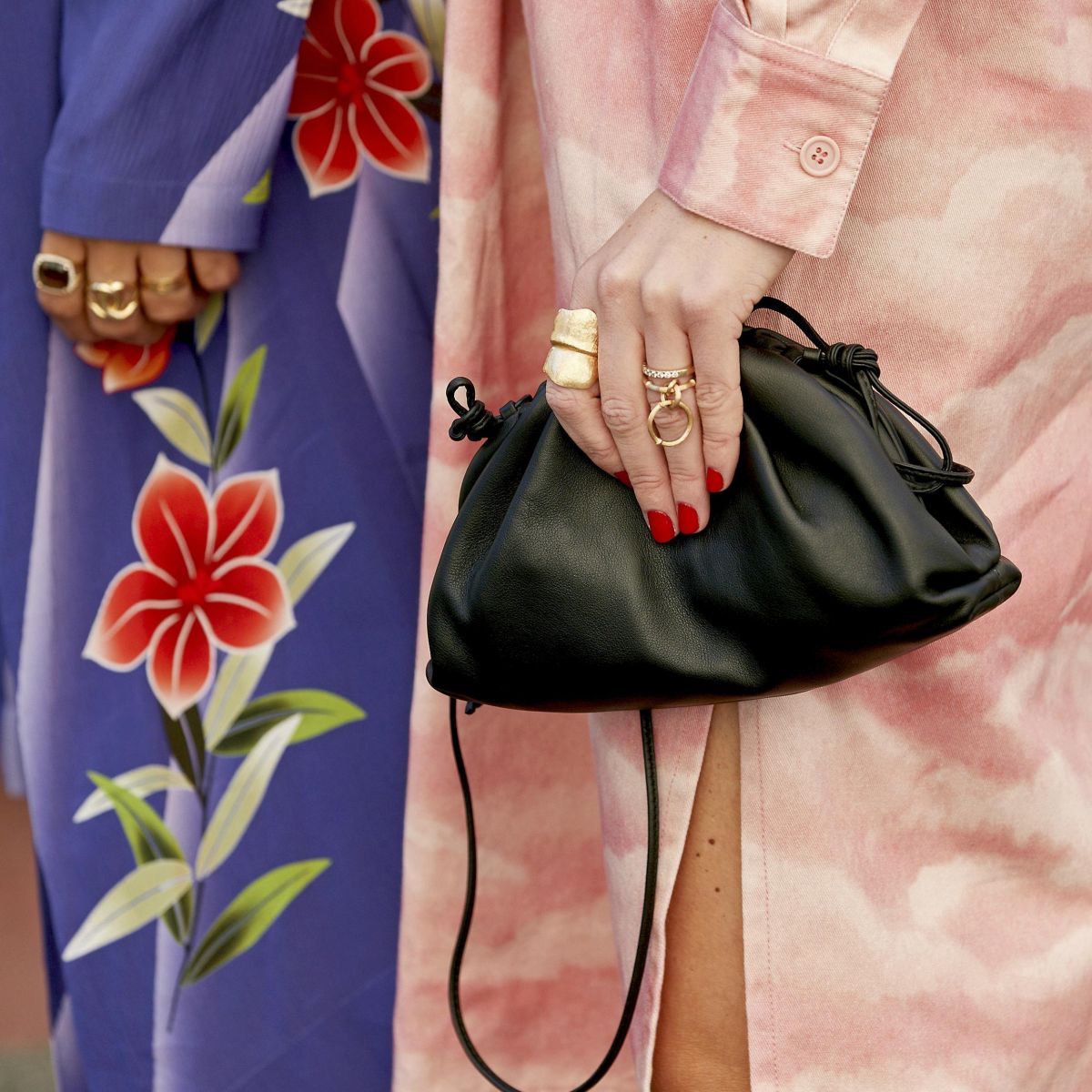
From Winston Churchill to Sarah Jessica Parker, everyone needs a place to keep his or her things. That’s where the bag—one of fashion’s most ubiquitous and practical accessories, has come in handy throughout history, according to a new exhibition at London’s Victoria and Albert Museum (V&A).
Titled “Bags: Inside Out,” the show, which is slated to run through September, features more than 748 bags, from tiny purses to military rucksacks. Though the museum is currently closed to visitors amid the United Kingdom’s latest Covid-19 lockdown, style enthusiasts can peek inside the exhibition online, watch a short documentary about how contemporary bags are made from sponsor Mulberry, or read an article about some of the show’s highlights.
“This exhibition offers an understanding and insight into the function, status, design and making of bags across the world and throughout history,” says curator Lucia Savi in a statement. “These portable, yet functional accessories have long fascinated men and women with their dual nature that combines private and public.”
But it is not only their aesthetic appeal that can be compared to art. Classic creations by brands like Hermès, Chanel and Dior are increasingly being appreciated for their investment potential.
Read More: Five Trendy Handbags For Fashion Fusion
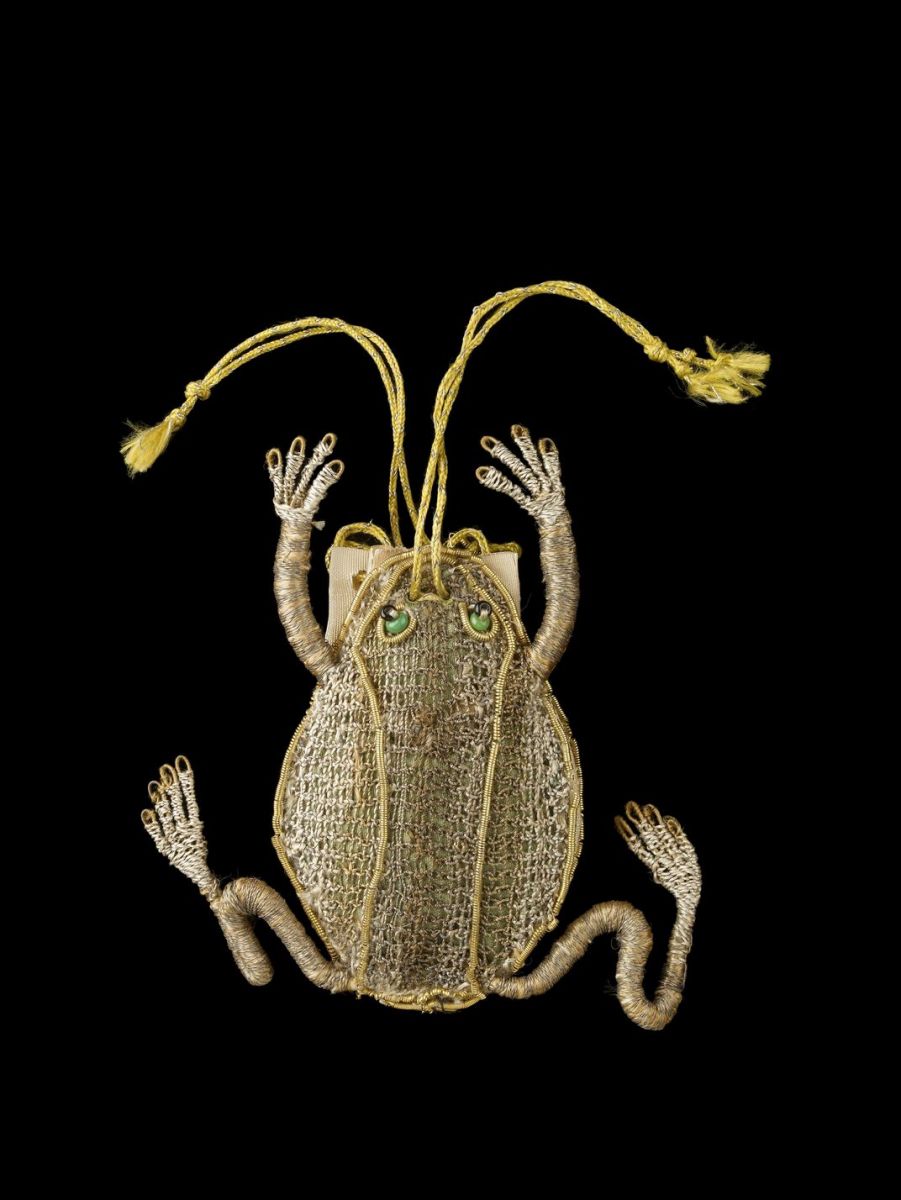
In the 17th Century, small bags known as sweet purses were exquisitely crafted in unusual shapes such as frogs, while the fashionable technique of filigree was used to create elegant purses, which were often exchanged as gifts between aristocrats.
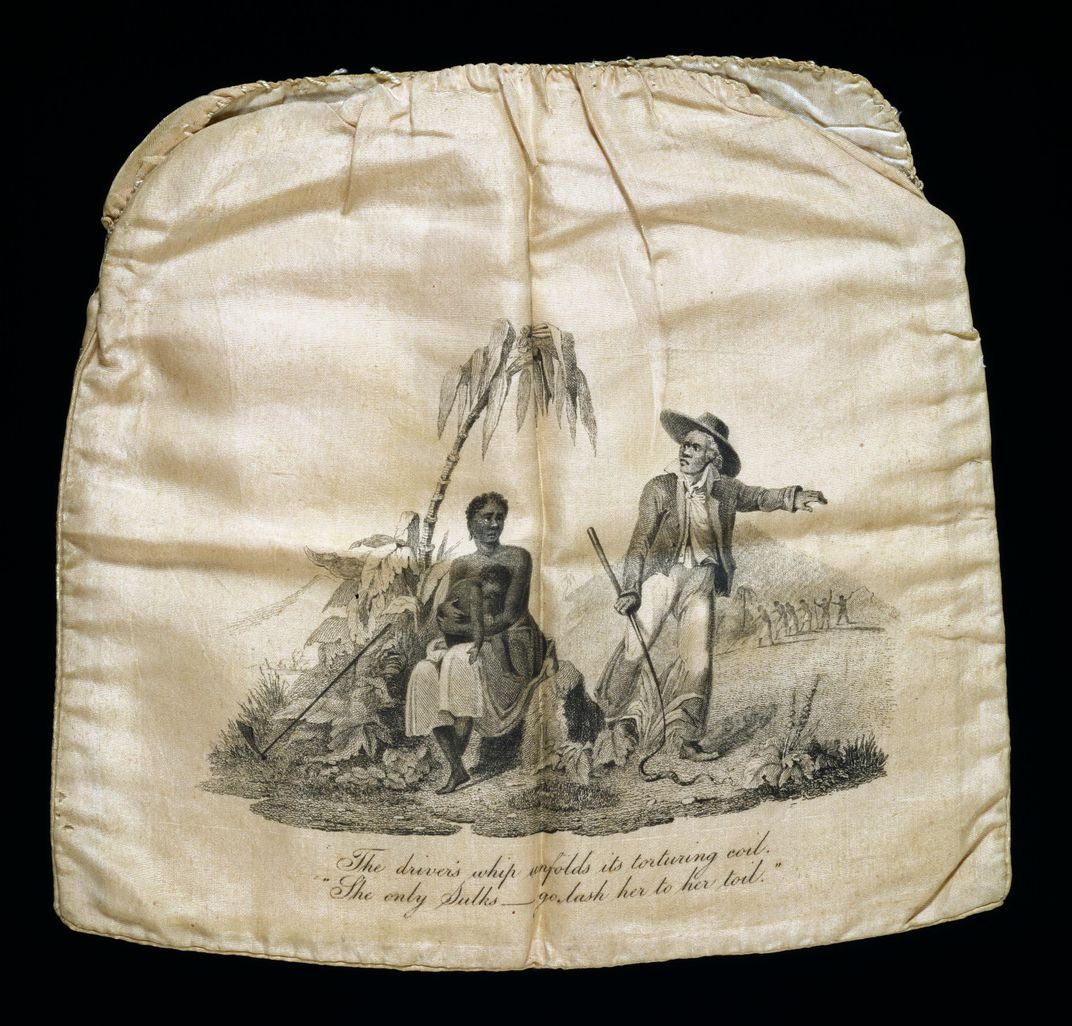
The 'reticule' – which emerged in the 19th Century and is considered the forerunner of the modern handbag – had a flat surface, so offered the perfect opportunity for artistic expression. There is a surface to be decorated so women would decorate them with patterns and flowers.
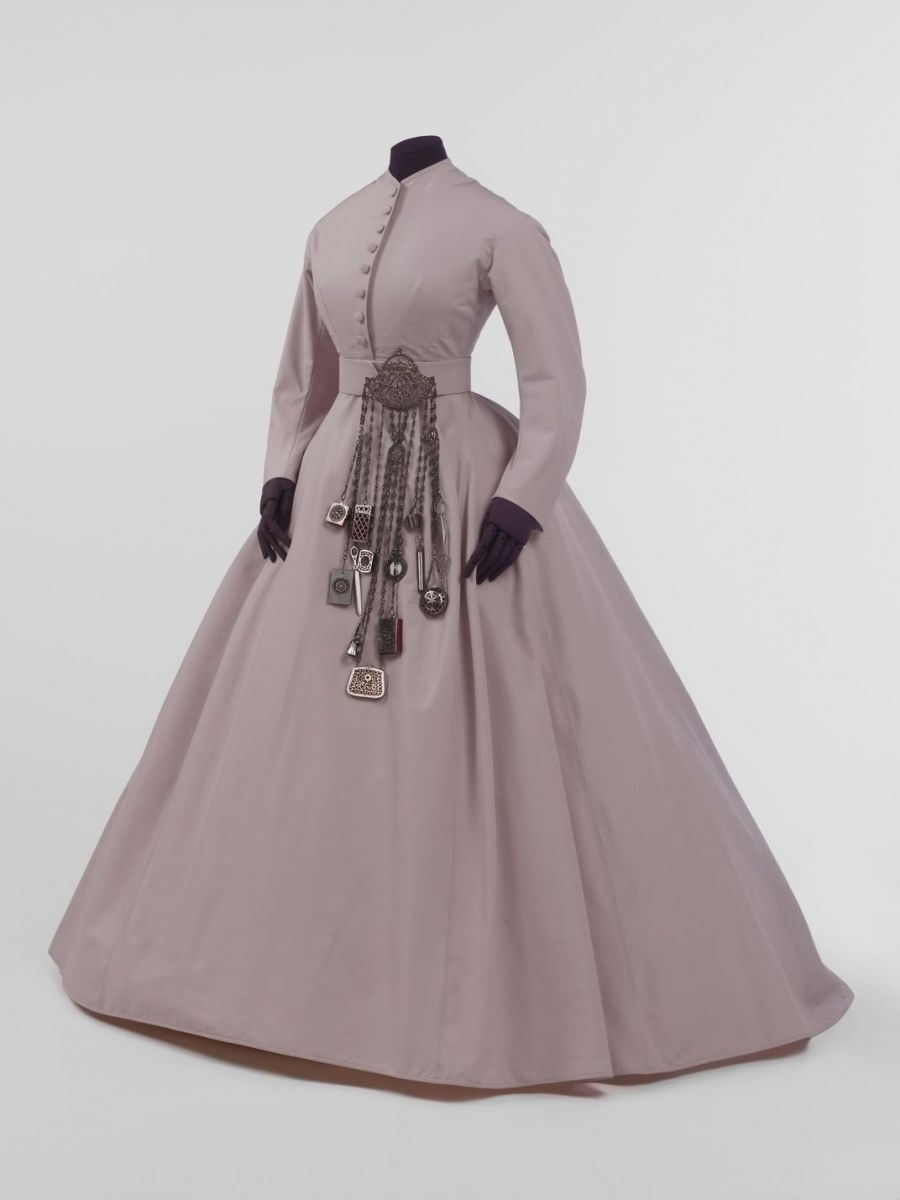
In 19th-century Europe, for instance, women would wear chatelaines. These waist-high appendages resembled a brooch with multiple attachments, like a sort of decorative Swiss Army knife dangling from one’s waist. In “Bags: Inside Out,” a chatelaine dated to around 1863 features 13 hanging tools, including a pair of scissors, purse, thimble, miniature notebook and magnifying glass.
Bags were often created as luxury items that conveyed a person’s status.
In the 1980s, handbags began to be advertised as vital accessories to complete a look, but with a confidence that demanded that they be seen in their own right. Some were luxury items, clearly destined to be collectibles rather than fashion statements.
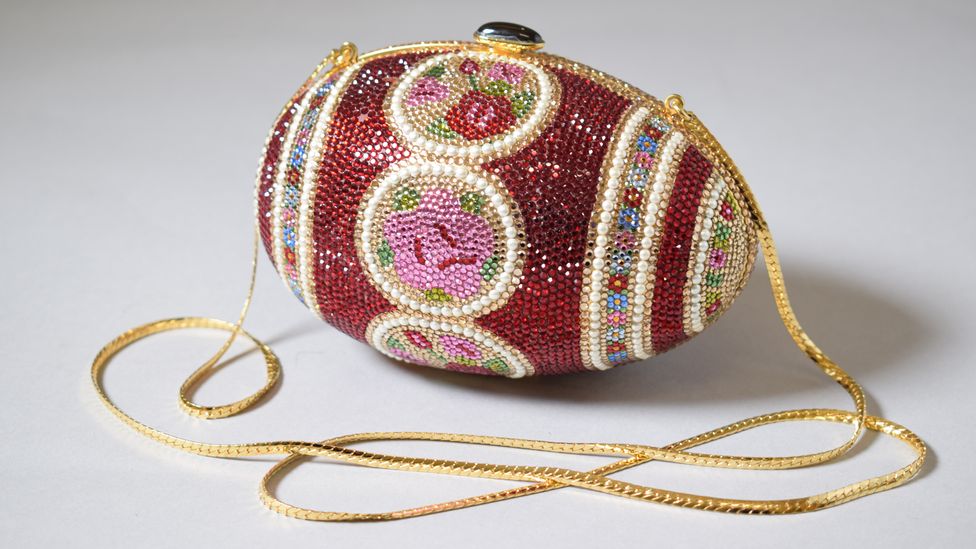
This rhinestone encrusted 'Faberge Egg' evening bag with trademark mirror and tasseled comb is designed by Judith Leiber. Leiber is best known for her jewelled and idiosyncratic metal vanity vases. Each piece is jewelled by hand, and has become collector's items.
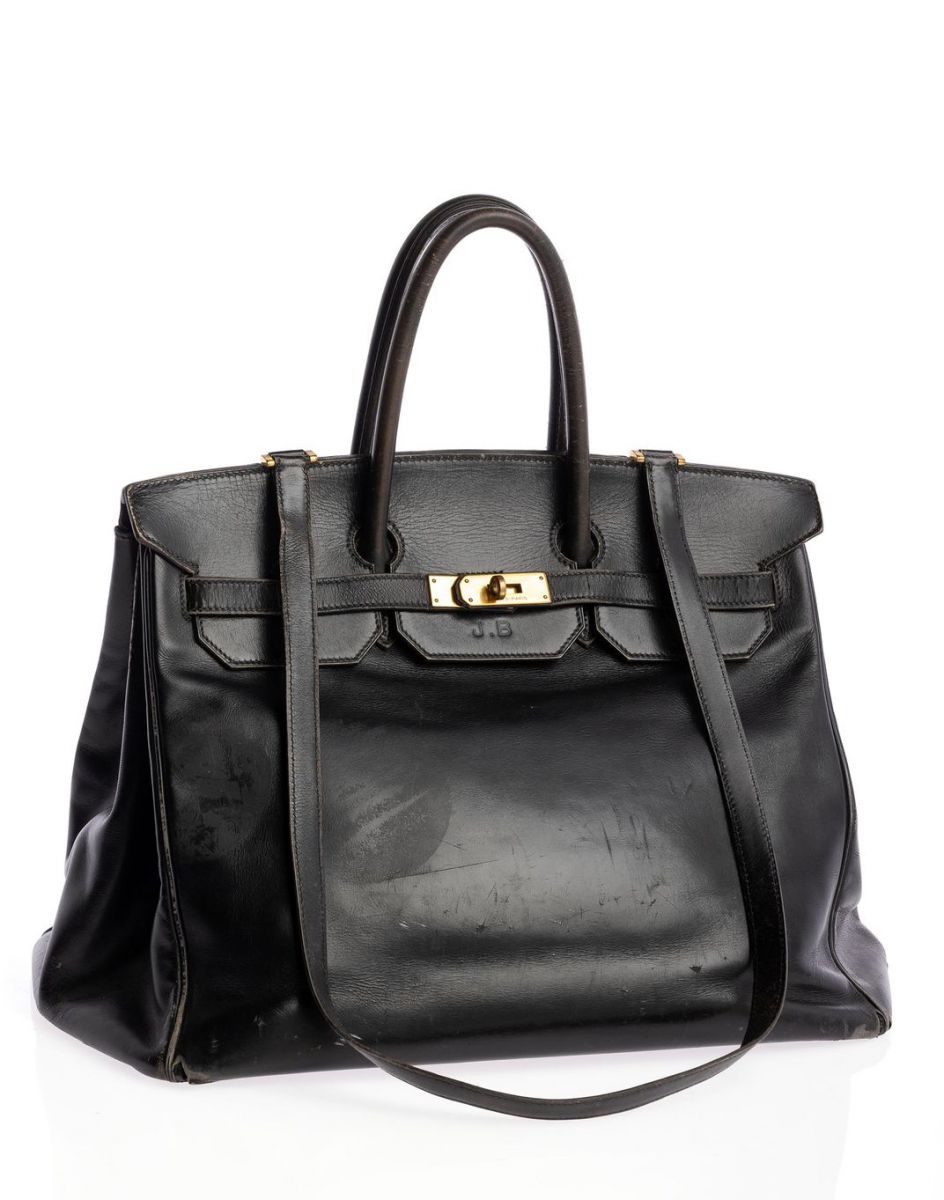
As Olivia Petter notes in a review for the Independent, the V&A exhibition also boasts an impressive array of modern bags that will impress any fashion-savvy museumgoer, including the original Birkin bag that Hermès made for actress Jane Birkin in 1984. (Today, these designs are notorious as some of the most expensive handbags in the world.)
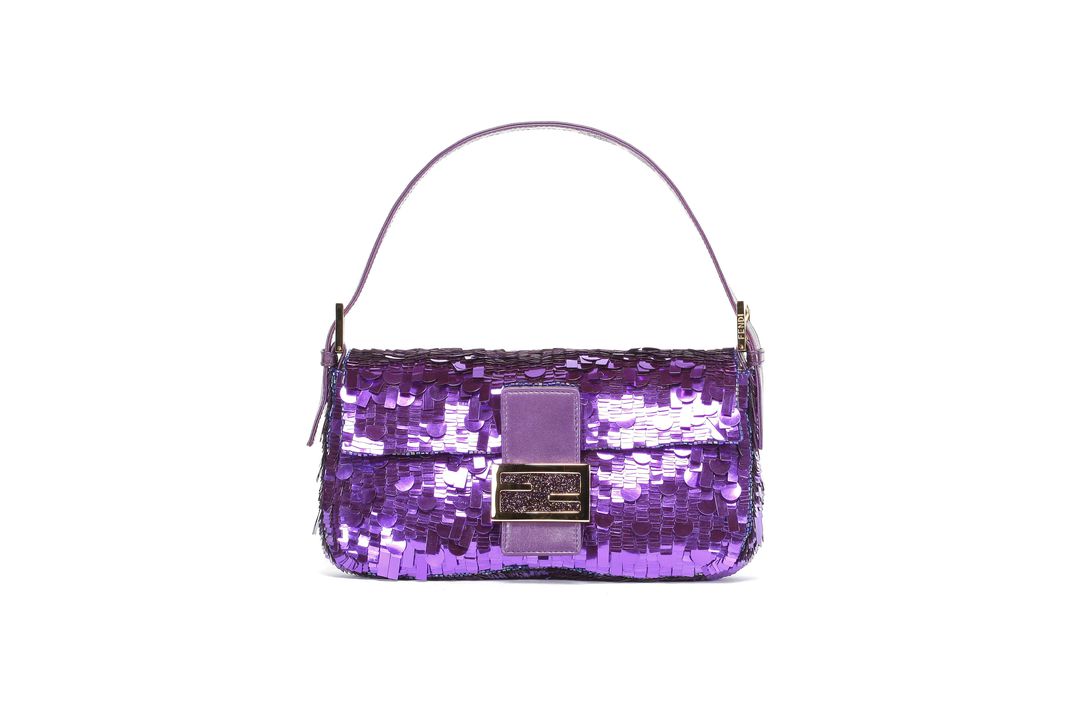
Also featured is the iconic purple sequined Fendi purse that Sarah Jessica Parker wore as Carrie Bradshaw during a pivotal “Sex and the City” episode. Mid-robbery, the character corrects a thief attempting to steal her accessory: It’s not just a “bag,” she proclaims. “It’s a baguette.”
“Bags: Inside Out” is on view at the Victoria and Albert Museum in London through September 12.

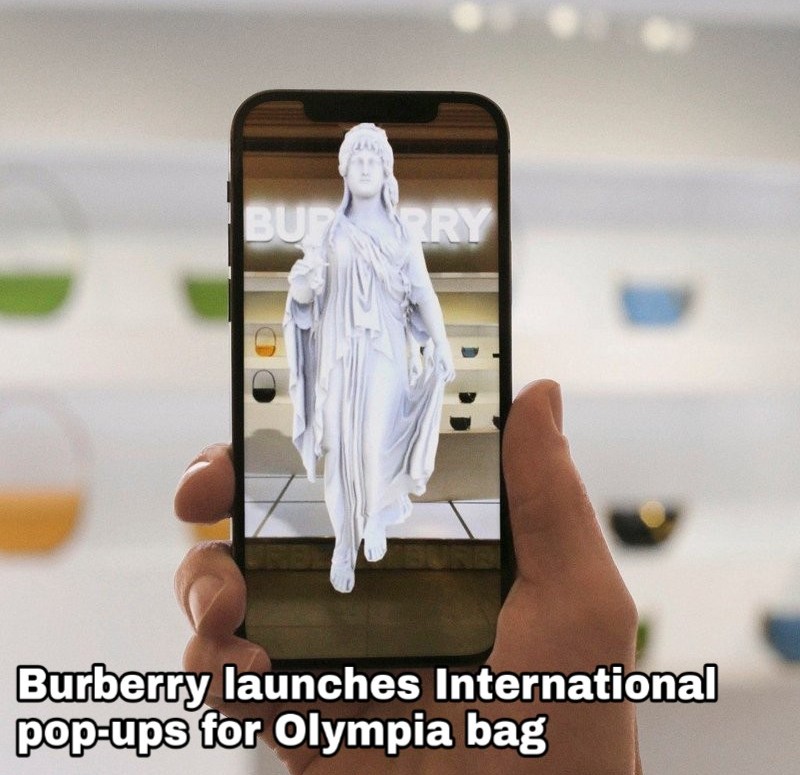
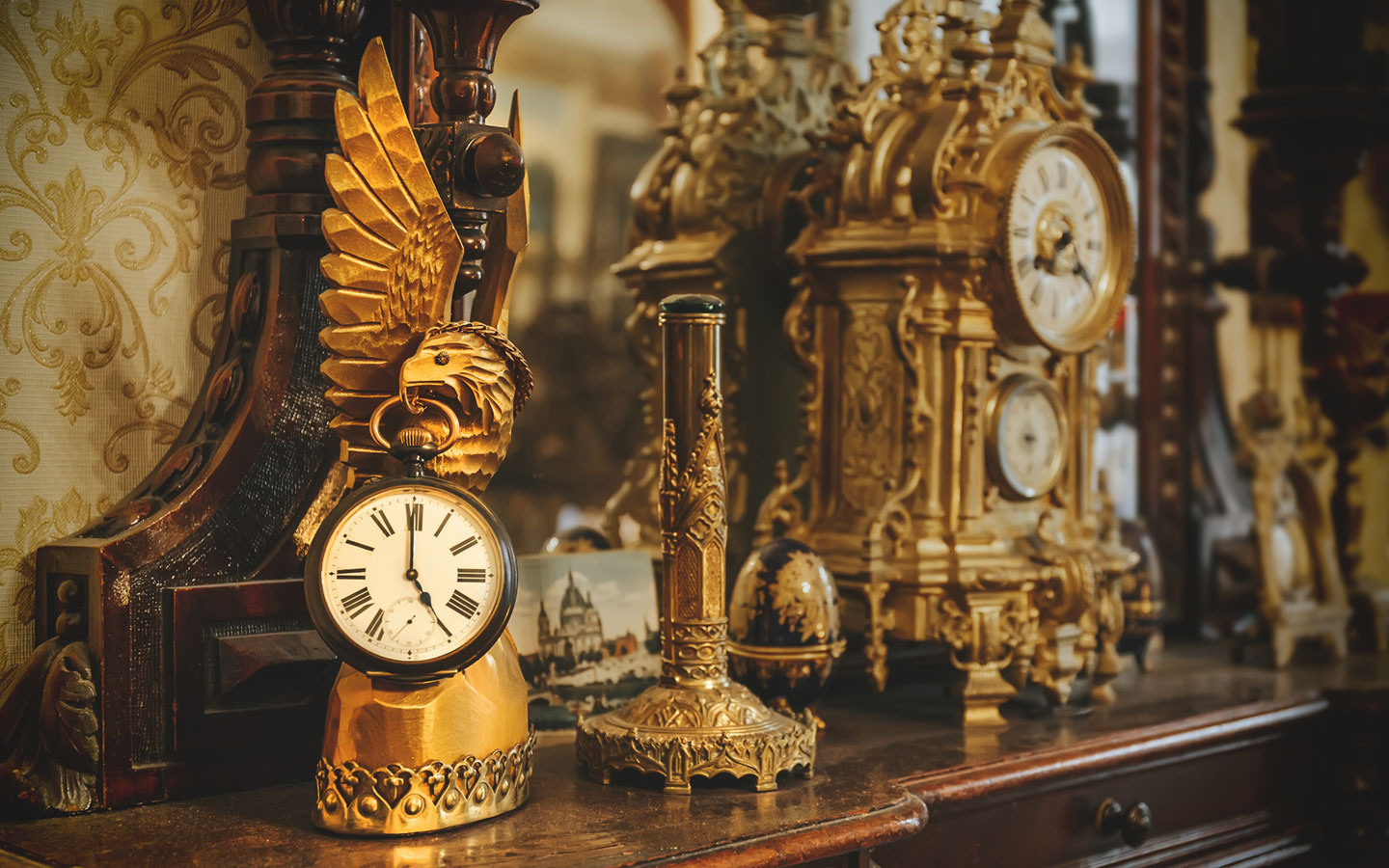
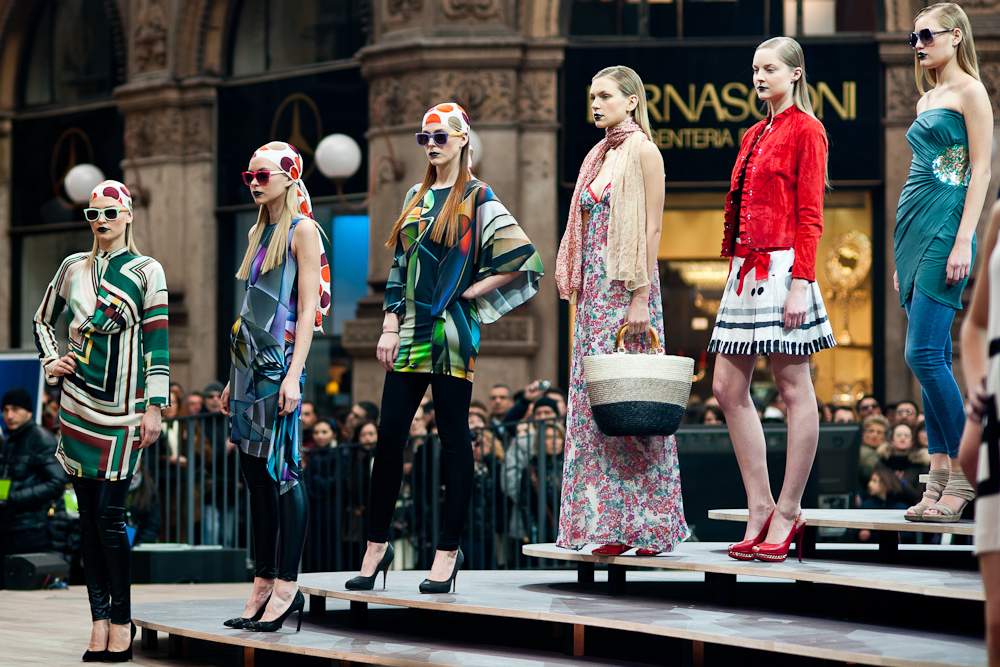
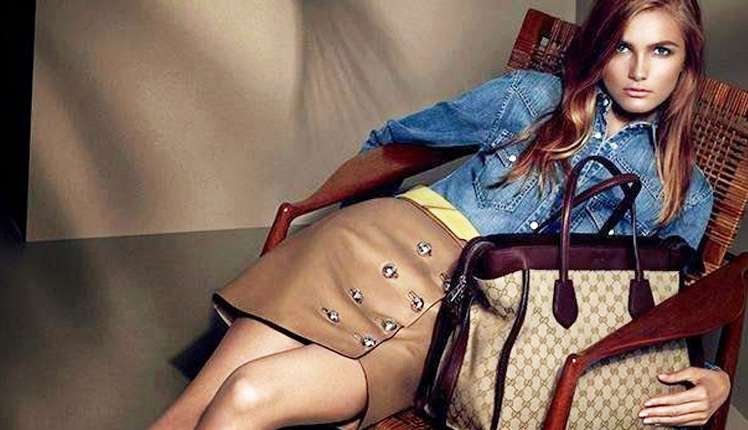
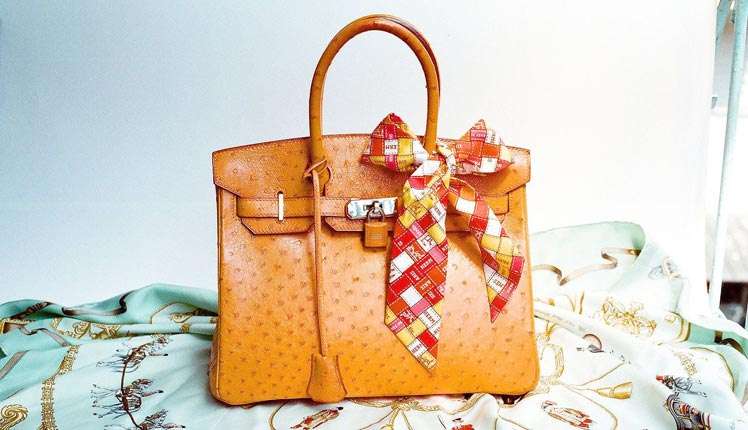
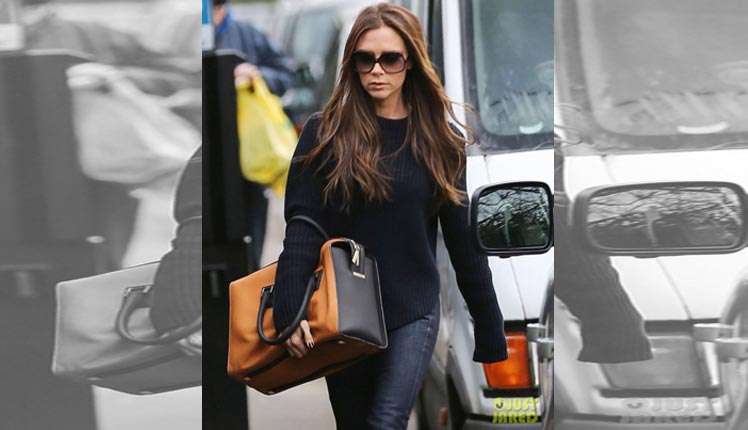
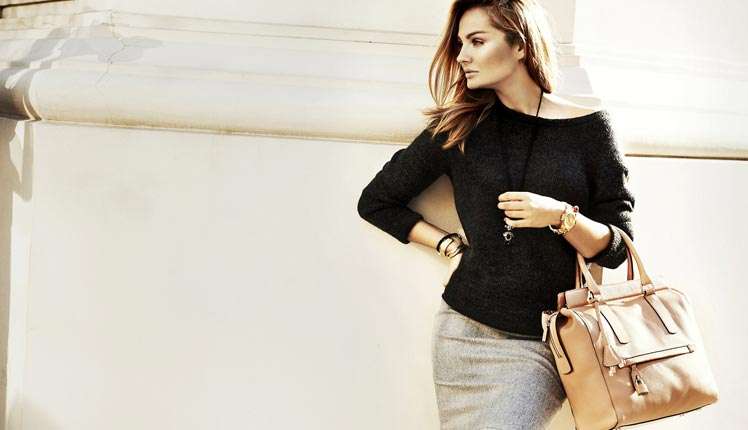

.jpg)
